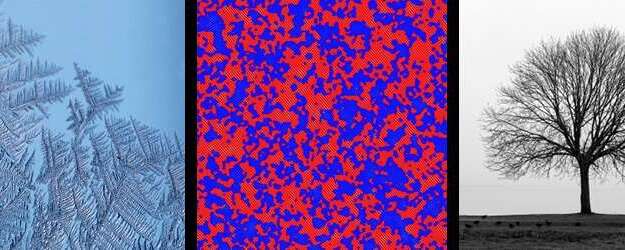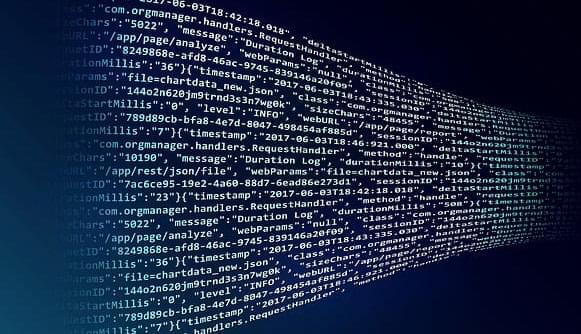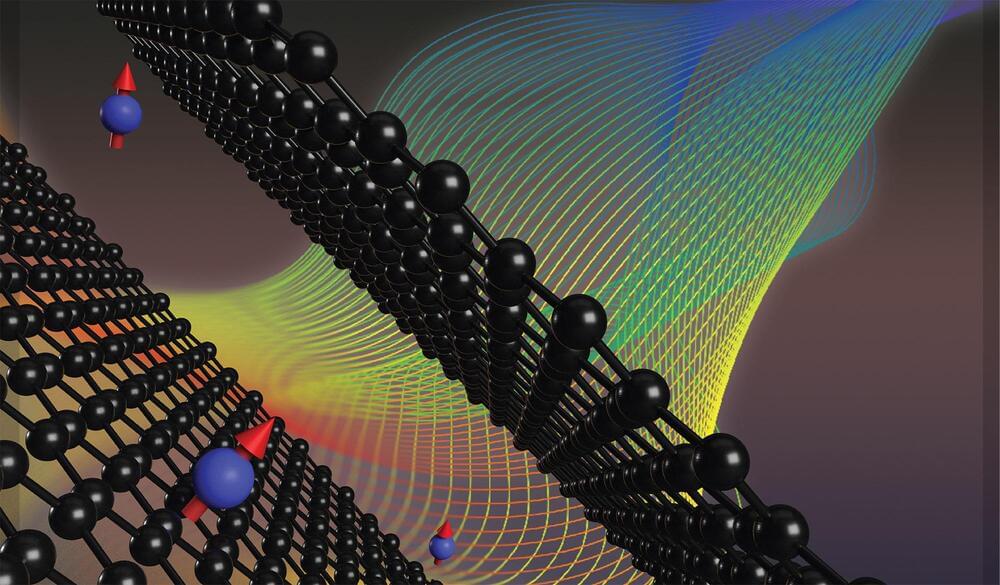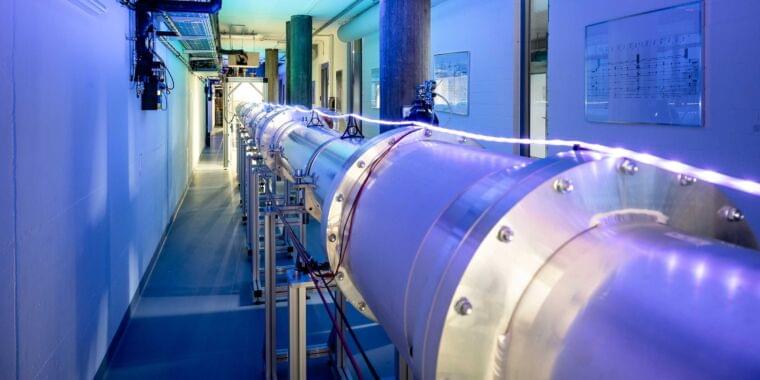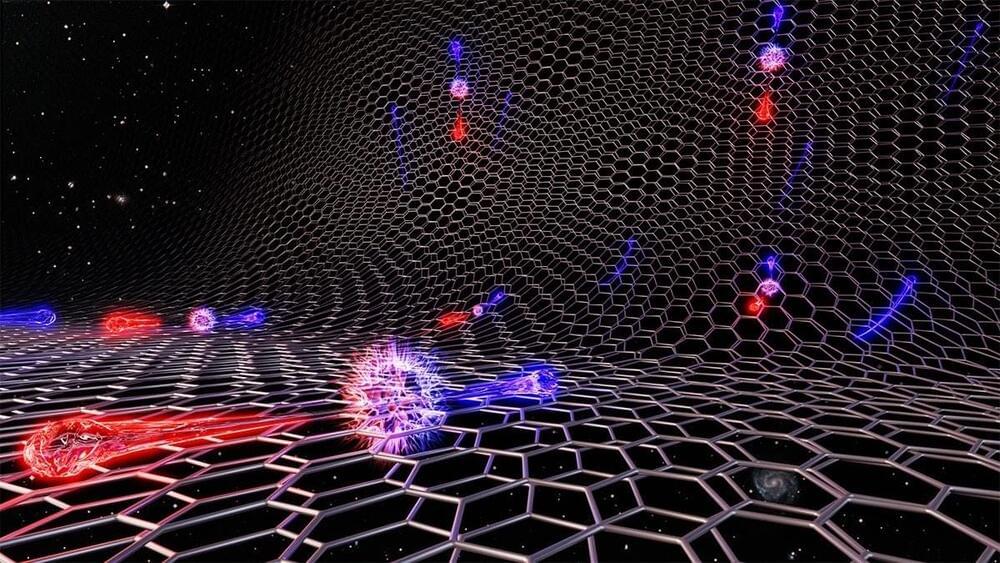During its ongoing Think 2023 conference, IBM today announced an end-to-end solution to prepare organisations to adopt quantum-safe cryptography. Called Quantum Safe technology, it is a set of tools and capabilities that integrates IBM’s deep security expertise. Quantum-safe cryptography is a technique to identify algorithms that are resistant to attacks by both classical and quantum computers.
Under Quantum Safe technology, IBM is offering three capabilities. First is the Quantum Safe Explorer to locate cryptographic assets, dependencies, and vulnerabilities and aggregate all potential risks in one central location. Next is the Quantum Safe Advisor which allows the creation of a cryptographic inventory to prioritise risks. Lastly, the Quantum Safe Remidiator lets organisations test quantum-safe remediation patterns and deploy quantum-safe solutions.
In addition, the company has also announced IBM Safe Roadmap, which will serve as the guide for industries to adopt quantum technology. IBM Quantum Safe Roadmap is the company’s first blueprint to help companies in dealing with anticipated cryptographic standards and requirements and protect systems from vulnerabilities.
